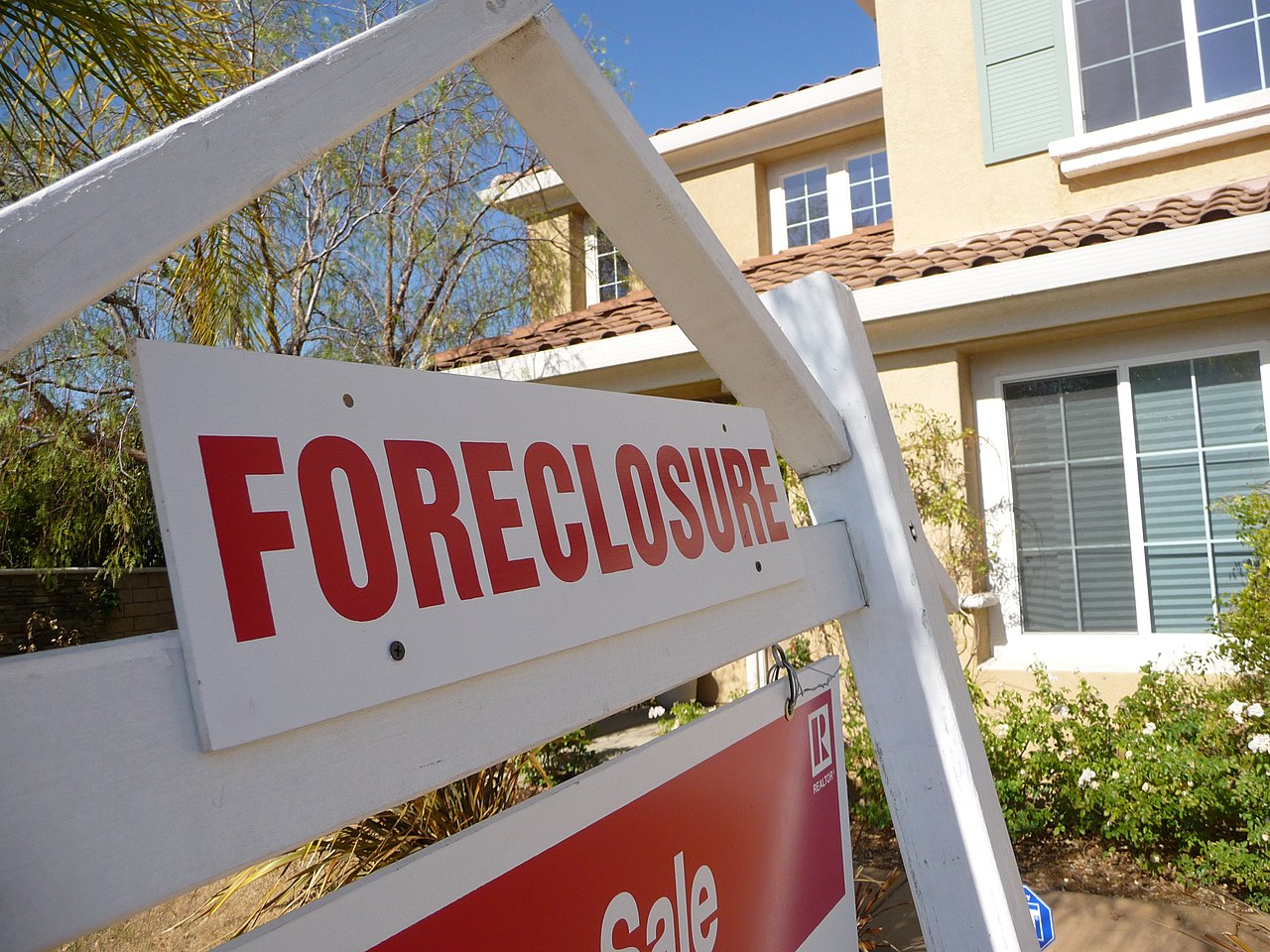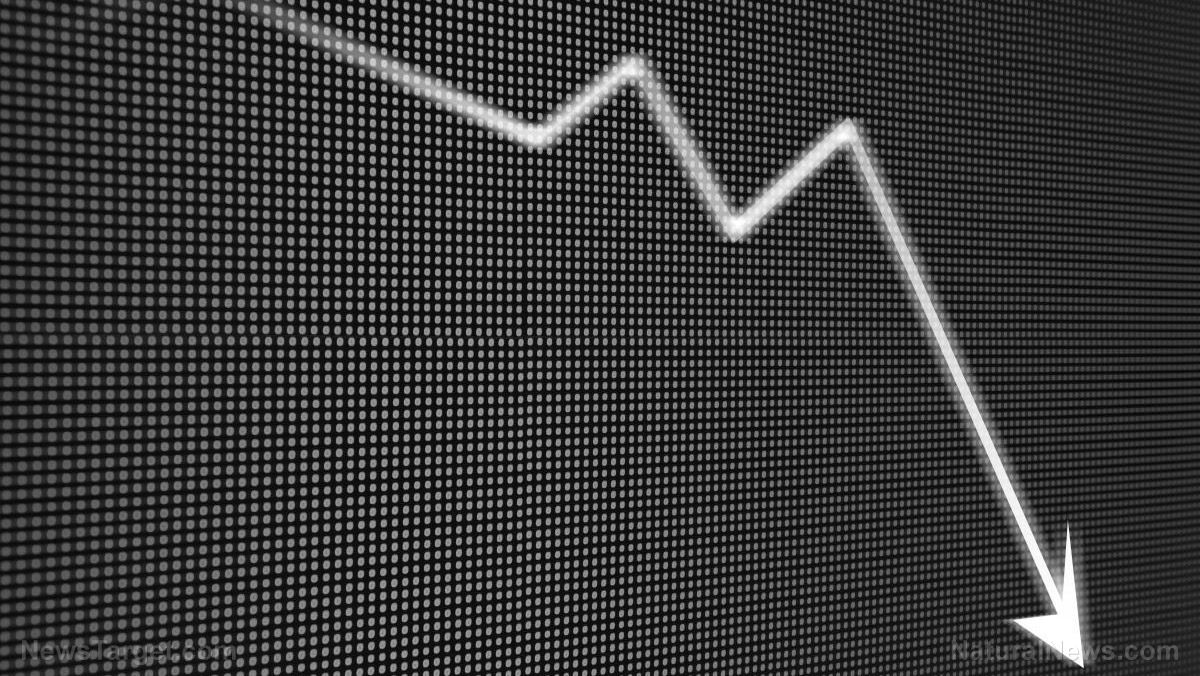US household debt soared to all-time high of $17.05 trillion in Q1 2023, thanks to the Fed’s relentless rate increases
05/17/2023 / By Arsenio Toledo

Total American consumer debt hit an all-time high of more than $17 trillion in the first quarter of 2023, according to a report from the Federal Reserve Bank of New York.
The total debt across all categories hit $17.05 trillion. This represents a $148 billion increase or 0.9 percent from the previous quarter and a $1.2 trillion surge from last year. (Related: Fed data: Household debt just increased at fastest pace in 15 years.)
Current balances also stand at $2.9 trillion higher than at the end of 2019, right before the beginning of the global Wuhan coronavirus (COVID-19) pandemic.
The rise in household debt also comes as officials in the Federal Reserve have continued raising interest rates in the misguided belief that this is necessary for fighting inflation. The Fed recently raised interest rates by 0.25 percentage points despite fears of a recession, bringing rates to between five to 5.25 percent.
This is also the 10th hike in a row since the Fed began its relentless rate increases in March 2022.
In a call with reporters, researchers for the New York Fed noted that this report on household debt is historic for its increase because household debt balances typically drop during the first quarter of each year.
“This is the first time in more than 20 years that we’ve seen a first-quarter increase,” said one of the researchers. “And I think that’s something that’s worth flagging here that we’re still seeing. I think that credit card balances are really looking a little unusual right now.”
Mortgage debt made up bulk of increase in household debt
A vast majority of the rise in household debt came from mortgage balances, with an additional $121 billion added to mortgage debt in the United States. This brings the total mortgage debt in the country to $12.04 trillion at the end of March.
This massive increase in mortgage balances came even though new mortgage originations – or the process by which new mortgages are made – dropped to its lowest level since the second quarter of 2014 to just $324 billion. This is 35 percent lower than in the fourth quarter of 2022 and 62 percent below the same period a year ago.
This shows that existing mortgages are becoming more expensive due to higher interest rates and, as the New York Fed itself noted, that the pandemic refinancing boom might have already ended.
The refinancing boom extracted some $430 billion in home equity through cash-out refinances, with about 64 percent of these mortgages being “rate finances,” resulting in an average payment reduction of $220 monthly for those borrowers.
“The mortgage refinancing boom is over, but its impact will be seen for decades to come,” said Andrew Haughwout, director of household and public policy research for the New York Fed. “As a result of significant equity drawdowns, mortgage borrowers reduced their annual payments by tens of billions of dollars, providing additional funding for spending or paydowns in other debt categories.”
The rise in mortgage debt is followed by auto loans, which grew by $10 billion, bucking the historical trend of auto loan balances declining during the first quarter of each year. Auto loans at the end of March stood at $1.56 trillion.
Student loan debt increased moderately by around $9 billion to $1.6 trillion at the end of March, while credit card debt remained relatively flat at $986 billion.
Other balances, including retail cards and other consumer loans, increased by $5 billion. Total non-housing debt – auto, student loans, credit card debt – grew by $24 billion.
The share of debt held by people who are seriously delinquent – 90 days or more late on payments – has also risen substantially since last year. The total serious delinquency rate at the end of March stood at 1.08 percent, a 0.37 percent increase from the first quarter of 2022.
Serious delinquency rates for the types of debt vary, with credit card debt holders being the most likely to be seriously delinquent at 4.57 percent – a 1.53 percent rise from the same quarter last year. This is followed by auto loan debt holders, with a 2.33 percent serious delinquency rate – 0.72 percent higher than last year.
Meanwhile, serious delinquency rates for student loan debt and mortgage debt stood at 0.94 percent and 0.59 percent, respectively.
Learn more about the collapse of the American economy and household finances at DebtCollapse.com.
Watch this video discussing in detail how household debt in the United States reached an all-time high at the end of the first quarter of 2023.
This video is from the channel Money Talk$ on Brighteon.com.
More related stories:
Top economist warns the next recession will be as if “the whole country takes a pay cut.”
Biden says US banking system is “safe and sound” after second-largest bank collapse in US history.
Survey: 75% of people in Joe Biden’s America believe the country’s economy is GETTING WORSE.
The American economy cannot afford another four years of a Biden presidency.
Sources include:
Submit a correction >>
Tagged Under:
auto loans, bubble, chaos, collapse, credit card debt, debt bomb, debt collapse, debt delinquency, economic collapse, economic riot, economy, finance riot, household debt, market crash, money supply, mortgages, panic, risk, student loan debt
This article may contain statements that reflect the opinion of the author
RECENT NEWS & ARTICLES
COPYRIGHT © 2022 HousingBomb.com
All content posted on this site is protected under Free Speech. HousingBomb.com is not responsible for content written by contributing authors. The information on this site is provided for educational and entertainment purposes only. It is not intended as a substitute for professional advice of any kind. HousingBomb.com assumes no responsibility for the use or misuse of this material. All trademarks, registered trademarks and service marks mentioned on this site are the property of their respective owners.



















